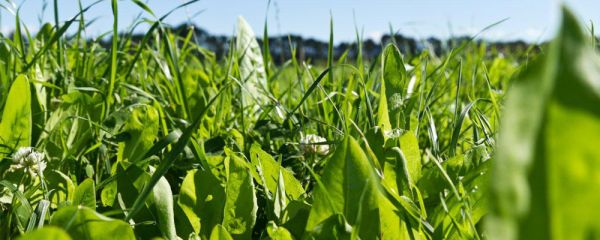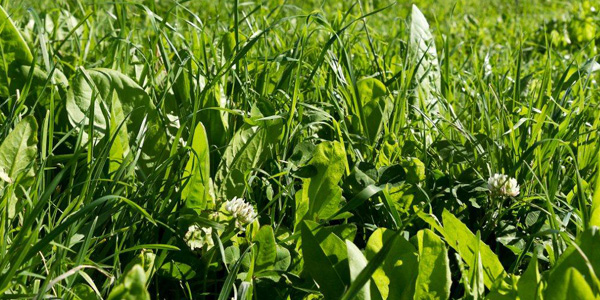
SEED TREATMENT
SEED TREATMENT
Benefits of Seed Treatment
The first four to six weeks after sowing is a critical period in the life of a new plant as seedlings emerge and develop their physical make-up. Sowing treated seed is a simple and cost-effective means of helping to ensure that seedling establishment is successful.
Learn about the critical role of Seed Treatment in protecting brassica crops during the spring sowing season on The Al & Juddy Show podcast, or check out more Seed Dating episodes here.
| BENEFIT | |
|
INSURANCE POLICY Reduces risk and helps safeguard investment in forage seed. In a forage crop situation, the loss of plants can significantly reduce potential crop yield, as well as increasing the overall feed cost. |
|
|
AGRONOMIC BENEFIT Seedlings protected by seed treatment are in a better position to withstand environmental stresses, including pest and disease pressure. Seed treatment helps maximise seedling establishment and nurture early plant growth, helping ensure the crop or pasture is able to reach its full yield potential. |
|
|
TARGETED PROTECTION Seed applied chemicals target a range of economically damaging insect pests and diseases during the plant establishment period. |
|
|
INTEGRATED PEST MANAGEMENT Complements traditional ‘broad-acre’ crop protection methods and other new plant protection technologies, such as endophyte, as part of an integrated pest management approach. |
|
|
REDUCED ENVIRONMENTAL IMPACT Delivers very small quantities of chemical-active ingredient to the soil in comparison to ‘broad-acre’ applications. Chemicals are rigorously tested to ensure they have no detrimental effects on the environment. |
|
|
IMPROVES SOWING ACCURACY The addition of seed coating material to seed can increase weight and size to provide a more accurate and uniform spread of seed in aerial oversowing applications and also provide uniform plant spacing in precision drilling. |
|
|
USER-FRIENDLY Reduces the need to handle chemicals on-farm. It also allows more flexibility when weather conditions make it difficult to apply ‘broadacre’ crop protection products. |
The Economic Cost of Pests
The economic benefits provided by seed treatment have been captured in many scientific trials over the years. The following brassica trial highlights the financial impact pests can have in a farming system. The trial, in Canterbury, demonstrated that Ultrastrike® treated kale seed produced an additional 7,800 kg of drymatter per hectare (DM/ha) than untreated seed at harvest. The net financial benefit was $1,500/ha, a high return on the $60/ha investment in seed treatment (see the table below).
The replicated trial was sown on 4 November 2016 following cultivation, whereby Ultrastrike® and untreated kale seed were sown at 4 kg/ha. Pre-emergent insecticide spray was applied on 7 November 2016. Plant counts were undertaken at 13, 28 and 40 days after sowing. The trial was yielded on 6 June 2017.
An observation from the trial was that the poor establishment of the untreated seed was largely attributed to springtail pressure during the first two to four weeks after sowing. Although a pre-emergent insecticide was applied, this did not protect the untreated seed from eggs that hatched after the insecticide spray was applied. The Ultrastrike® treated seed was protected against springtail (including eggs that hatched) for six weeks after sowing, by which time the treated seed plots were well established with good plant canopy.

* Days after sowing.
# Feed value of the winter feed crop valued at $0.20/kgDM. Estimated retail cost of the Ultrastrike® seed treatment is $60/ha.

Our Range
VIEW PRODUCTS


